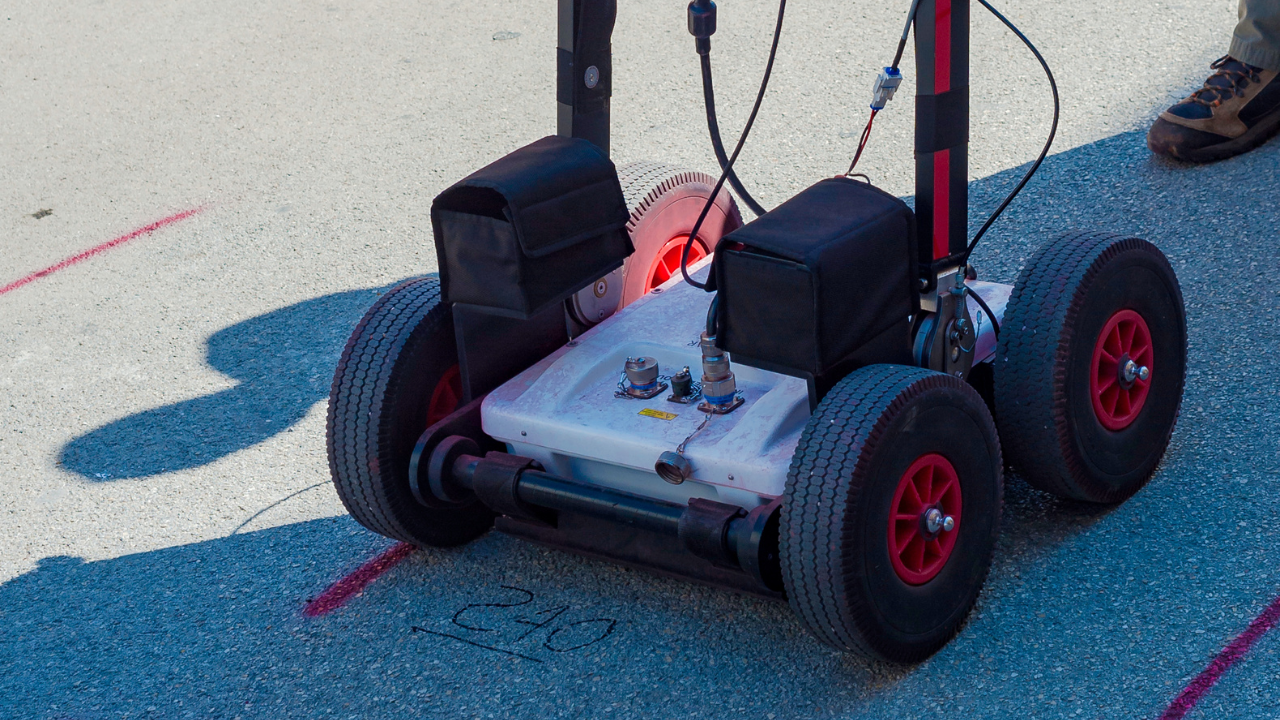
Key Takeaways
Ground Penetrating Radar (GPR) is a valuable tool for finding what lies beneath the ground. It sends radar signals down and captures the reflections, revealing buried objects like pipes, cables, and even voids. GPR is popular in construction, utility work, and archaeology because it’s non-invasive and doesn’t require digging. This makes it safer and faster than many traditional methods.
However, GPR has its limits. It works well in some conditions but struggles in others. Certain materials or depths can interfere with the radar, causing unclear results. Understanding these limitations is important for anyone relying on GPR in their projects.
In this article, we’ll explore what GPR can and cannot detect underground. By knowing its strengths and weaknesses, you can make better decisions about when and where to use GPR.
Ground Penetrating Radar (GPR) is a technology used to see what’s hidden beneath the surface. It works by sending radar waves into the ground, which bounce back when they hit something solid.
These reflections create a picture of what’s underground, from metal pipes to buried foundations. GPR is widely used for utility mapping, archaeology, and construction because it provides detailed images without digging.
GPR is useful because it detects many different materials. It can find metal, plastic, concrete, and even voids in the ground. However, its effectiveness can vary based on soil type and material density.
For this reason, GPR works best in dry, non-metallic soil and may have trouble with wet or clay-heavy ground.
GPR is highly effective at locating metal pipes underground. Metal reflects radar waves strongly, making these pipes easy to spot. This is useful in utility mapping, especially for finding old or forgotten pipelines.
Unlike metal detectors, GPR can detect plastic pipes. It identifies them based on their shape and position, even though they don’t reflect radar waves as strongly as metal. This makes GPR valuable for modern utility systems that often use non-metallic materials.
GPR can help locate buried electrical and fiber optic cables. While it may not pick up every fine detail, GPR can show the position of these cables to prevent accidental damage during construction or digging.
GPR is effective for mapping concrete and foundation structures. It reveals where rebar, voids, and post-tension cables are within concrete slabs, helping construction teams avoid these areas during drilling.
Voids or empty spaces underground can cause serious issues if not detected early. GPR can find these cavities, making it easier to prevent road collapses or structural failures caused by hidden voids.
Old septic tanks or underground storage tanks are often difficult to locate. GPR can detect these objects based on their shape and depth, helping property owners find and manage them safely.
GPR is also used in archaeology to locate artifacts and buried structures without disturbing the site. It allows archaeologists to map out items before excavation, making the process safer and more precise.
Clay and wet soil reduce GPR’s effectiveness. The radar signals don’t travel well through these types of soil, making it hard to get clear images. This is a challenge for GPR in certain regions or weather conditions.
GPR is not good at detecting tiny items. Small objects, like individual wires or fine cables, often don’t reflect enough radar waves to be seen clearly. GPR scanning and utility locating services are more suited to larger objects or clusters.
While GPR can detect an object, it may not tell you exactly what it is made of. GPR can show the shape and position but may not distinguish between similar materials, like plastic vs. ceramic.
Determining the exact depth of objects can be tricky in areas with complex layers. Soil variations can affect how radar waves travel, making depth estimates less accurate in these cases.
Concrete scanning GPR’s radar waves weaken with depth. Typically, it can only detect objects a few meters underground. For deeper searches, other methods may be required.
Highly conductive surfaces, like metal-rich soil or very wet areas, interfere with GPR signals. This can make the device nearly ineffective, as radar waves get absorbed instead of reflected.
GPR struggles in areas with dense roots or vegetation. These natural obstructions can block radar waves, making it hard to get accurate readings in forested or heavily vegetated areas.
At Bess Utility Solutions, we understand the strengths and limits of GPR technology. We provide expert GPR services to help locate underground utilities, ensuring safety and accuracy on every project.
Our team is skilled in reading GPR data and knows when to combine it with other methods for the best results. We make sure you have a clear understanding of what lies below, so your project goes smoothly and safely.
Working with Bess Utility Solutions means you have a reliable partner for all your underground locating needs. We use the latest technology and best practices to give you precise, dependable data for underground utility location in California and Arizona.
Whether it’s locating pipes, mapping concrete, or identifying voids, we’re here to support your project from start to finish. Contact us today for a quote, and let’s discuss how we can assist with your utility mapping needs.